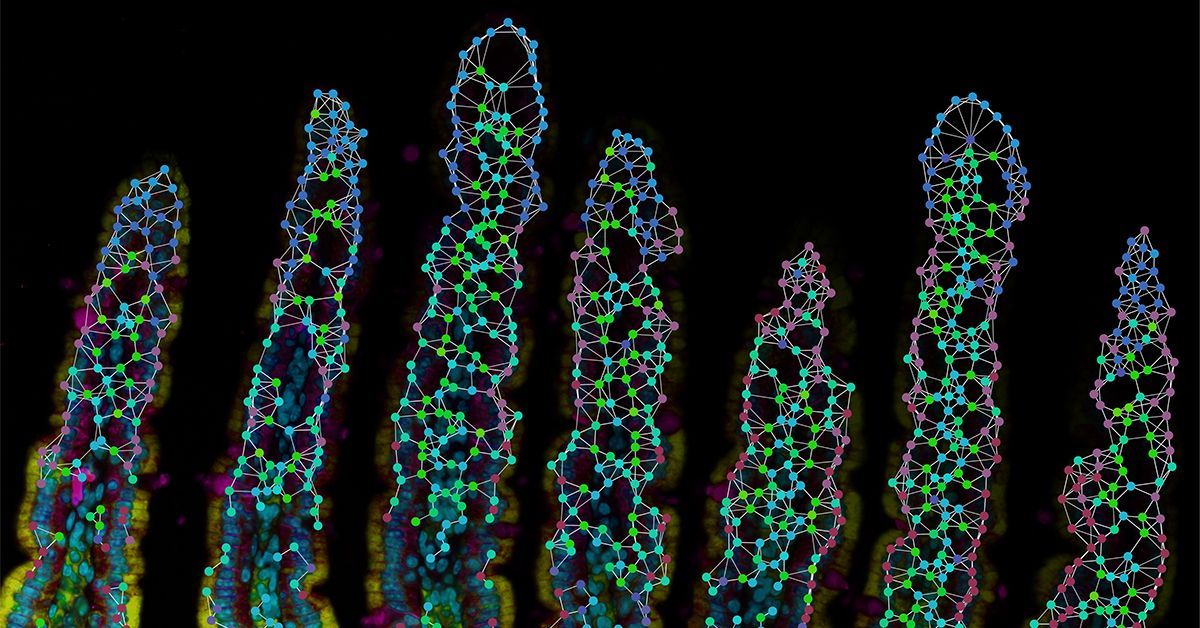The human immune system functions similarly to an army of specialized soldiers, or immune cells, each of which has a distinct function in the fight against illness. In a recent study that was published in Nature, researchers from the Allen Institute, La Jolla Institute for Immunology, and the University of California San Diego (School of Biological Sciences and School of Medicine) describe how tissue-resident memory CD8 T cells have distinct and specialized functions depending on where they are found in the small intestine. Tissue-resident memory cells are essential for preserving peace in a tissue that is exposed to several external pathogens. They also serve as a local first line of defense against re-infection and request “backup” from other immune cells.
This finding clarifies how microenvironments and cellular contacts influence the location-specific adaptation of tissue-resident memory CD8 T cells, which ensures a coordinated and efficient immune response. In the end, location is important, and this knowledge may also result in better vaccinations and immunotherapy.
According to the study, the small intestine’s tissue-resident memory CD8 T cells have a variety of roles, and their function is determined by where they are located within the gut’s architecture.
- The frontline: A subset of tissue-resident memory CD8 T cells with a greater killing capacity are positioned like watchtower guards at the tips of the villus. These cells are made to combat invasive pathogens right away, stopping infections from getting worse.
- Reinforcements: A distinct group of tissue-resident memory CD8 T cells, known as reserve forces, are located in a pocket of cells known as the crypts and are prepared to react if the body comes into contact with the same pathogen again. These cells offer enduring protection.
What really struck me is that we have been able to see that immune cells in distinct locations have these special functions,
They’re strategically positioned in the small intestine to fulfill their function, and this is the key finding from the paper.
Maximilian Heeg
These differences ensure the immune system can react quickly to immediate threats while simultaneously maintaining a backup defense for long-term protection.
In response to infection, immune cells stream into tissues to fight infection and help repair damage. Importantly, these cells ‘talk to’ the tissue cells to coordinate the immune response,
In this study, we can now visualize how the functional state of an immune cell relates to which cells and signals are found in different neighborhoods or regions of the tissues. This new knowledge of how the immune system works in tissues is game changing as we explore how to enhance immune protection while avoiding damaging inflammation.
Ananda Goldrath
Using sophisticated transcriptional profiling techniques, the researchers identified the genetic instructions that direct the activity of tissue-resident memory CD8 T cells dependent on their location.
I am most excited about the possibilities our new approaches bring: Studying immune cells in their unperturbed natural environments at high plex, throughput and resolution
Miguel Reina-Campos
The findings have implications for developing better immunotherapies and vaccines. Researchers want to create medicines to improve the immune system’s efficacy and keep us healthy by addressing the processes that drive tissue-resident memory CD8 T cells to particular places inside a tissue and enhance their capabilities.
One part of this work was discovering causal relationships between well-characterized genes and CD8 T cell spatial and transcriptional phenotypes,
We are expanding our CRISPR-pooled spatial screening to profile the impacts of many types of genetic perturbations at once within CD8 T cells with an overarching goal of finding and manipulating modulatory mechanisms of tissue-specific immunity.
Alex Monell
Also Read: Recent Research Identified that Risk of Cancer Established Before Birth
This study emphasizes the role of anatomical niches in influencing immune responses and provides a framework for investigating how immune cells interact with their surroundings. It proposes novel ways to treat chronic illnesses, infections, and inflammatory disorders by harnessing the distinct dynamics of tissue-resident memory immune cells in barrier tissues.
Moving forward, the research is interested in understanding how this information may be applied to therapeutically target human immune responses.
Source: UC San Diego Today
Journal Reference: Monell, Alexander, et al. “Tissue-resident Memory CD8 T Cell Diversity Is Spatiotemporally Imprinted.” Nature, 2025, pp. 1-10, DOI: https://doi.org/10.1038/s41586-024-08466-x.
Last Modified:






